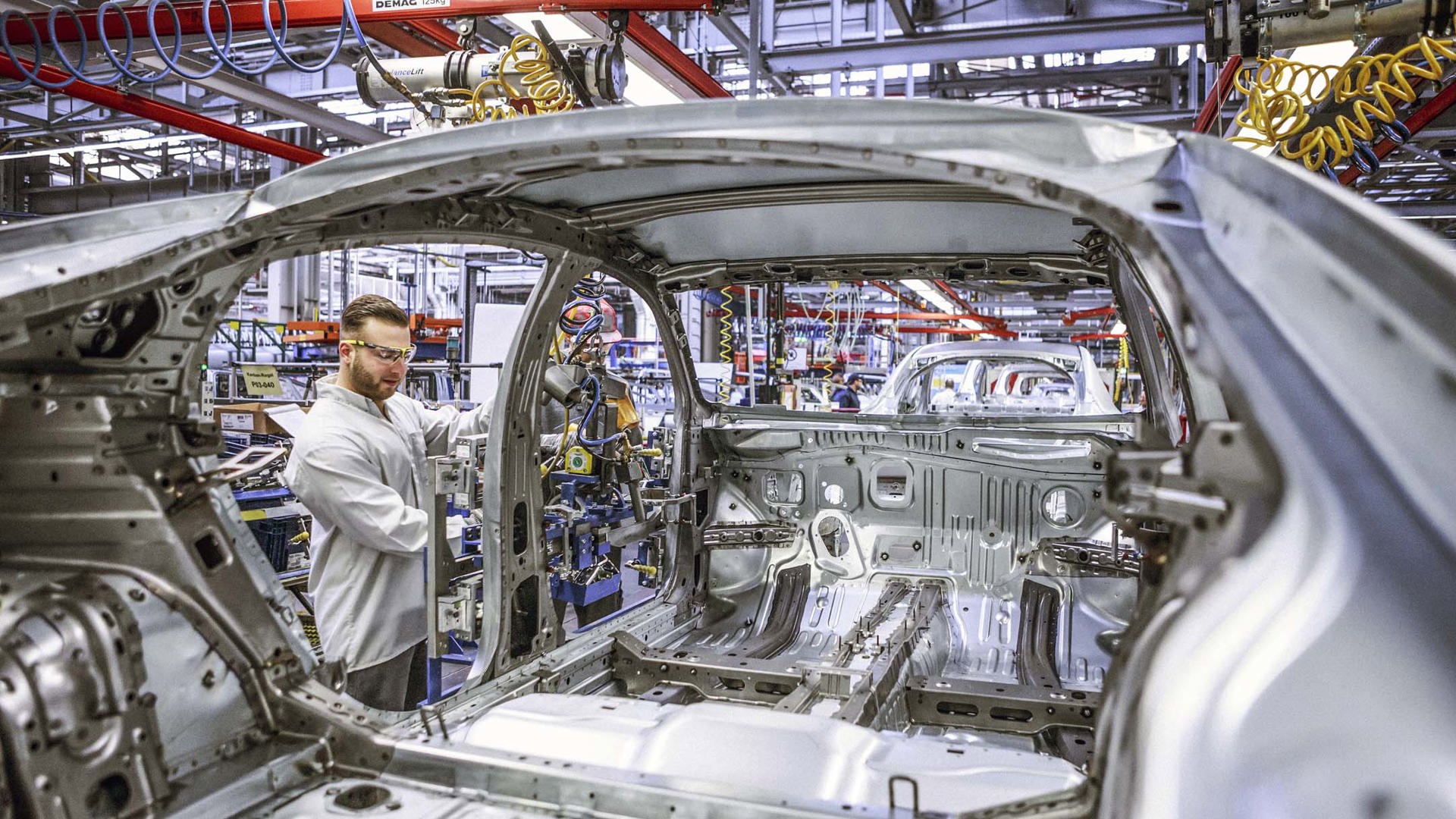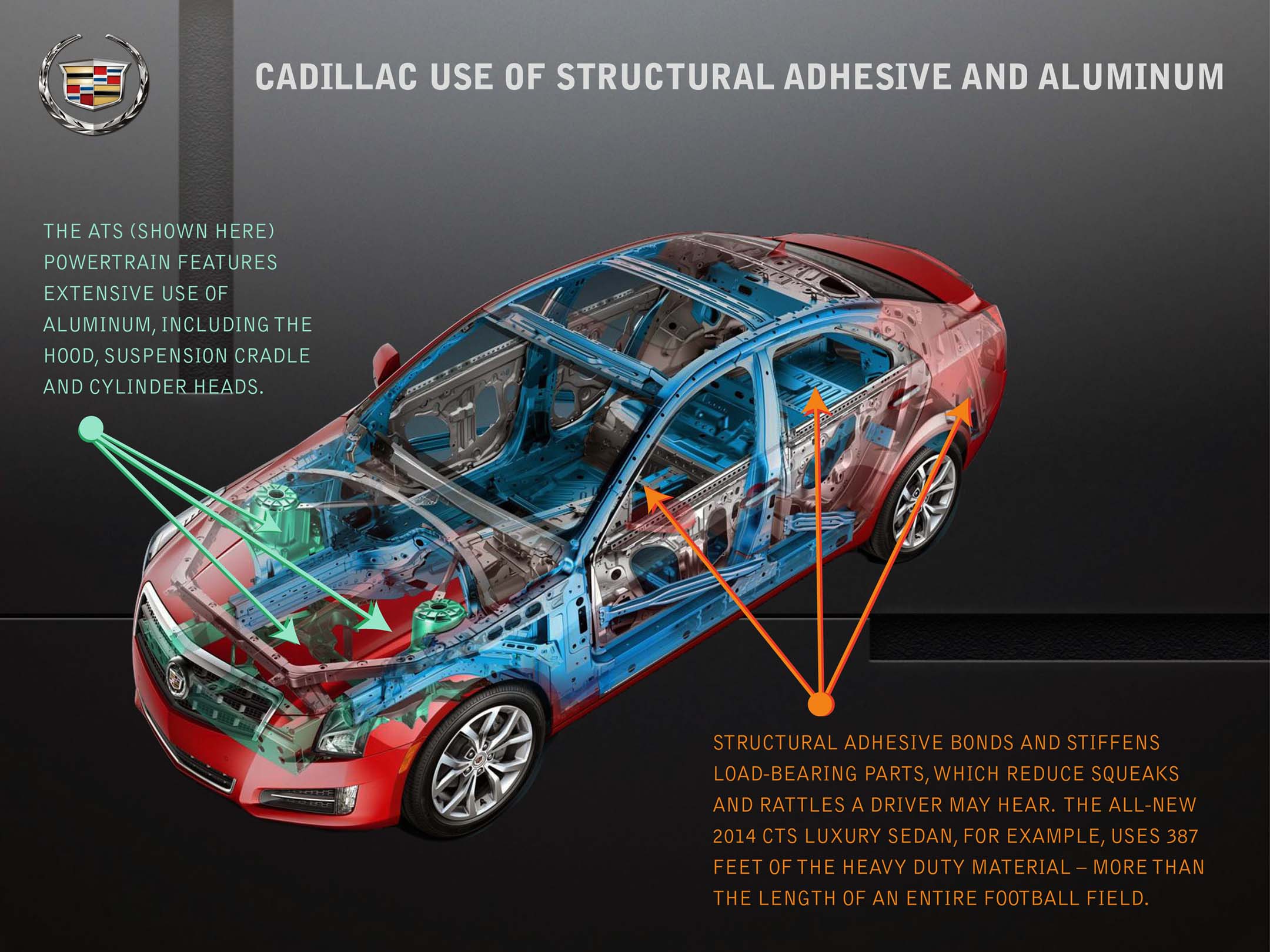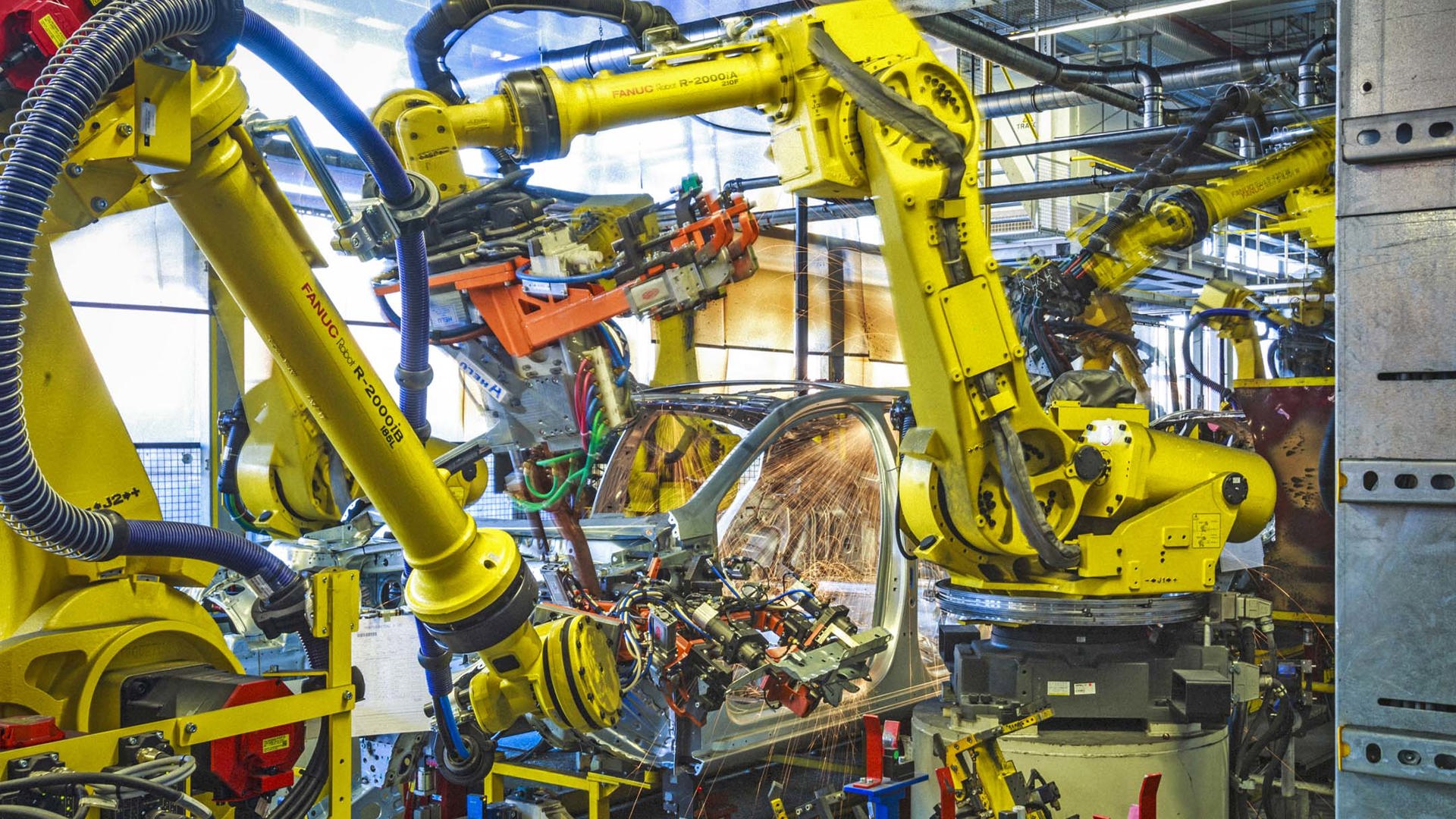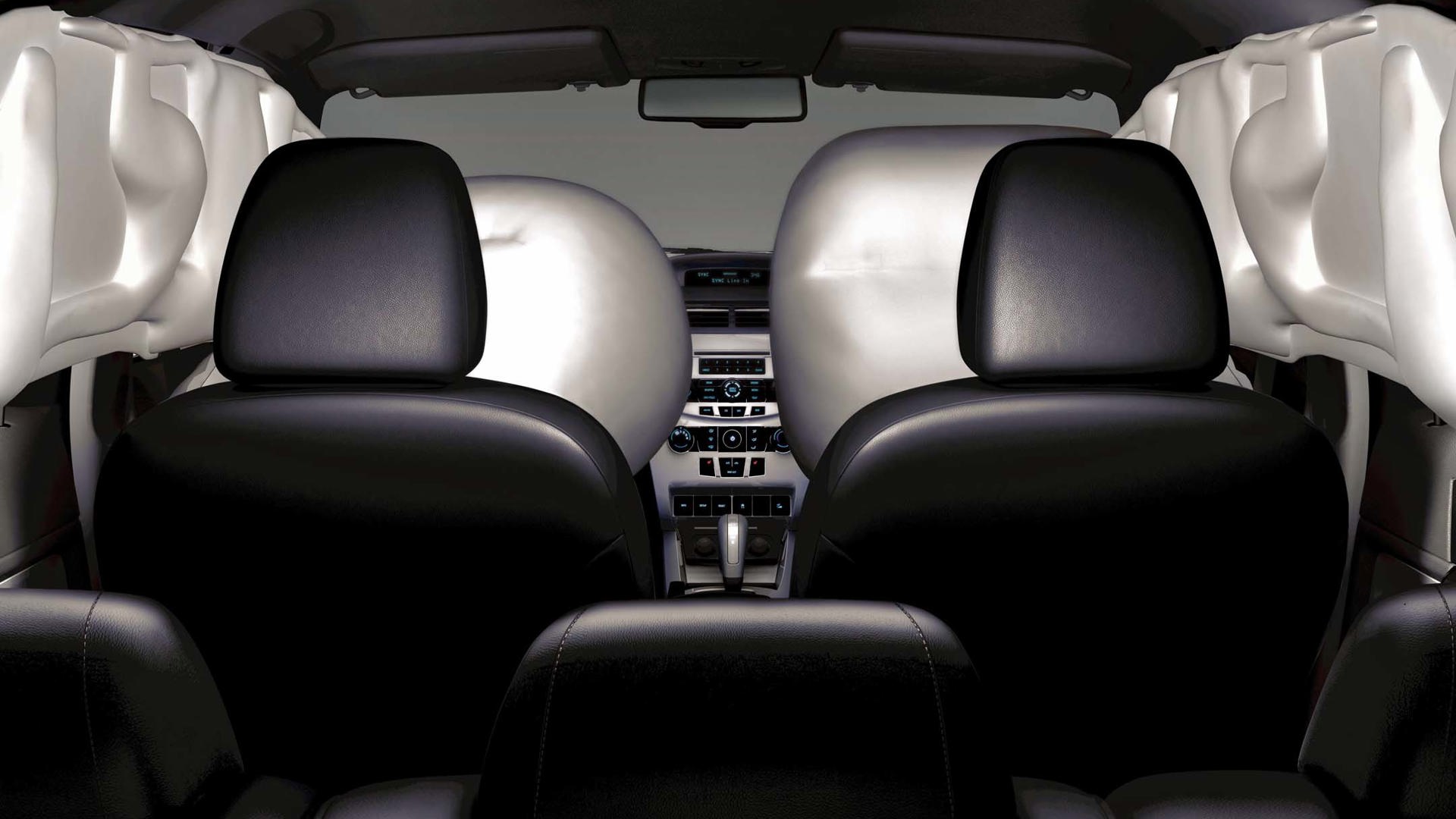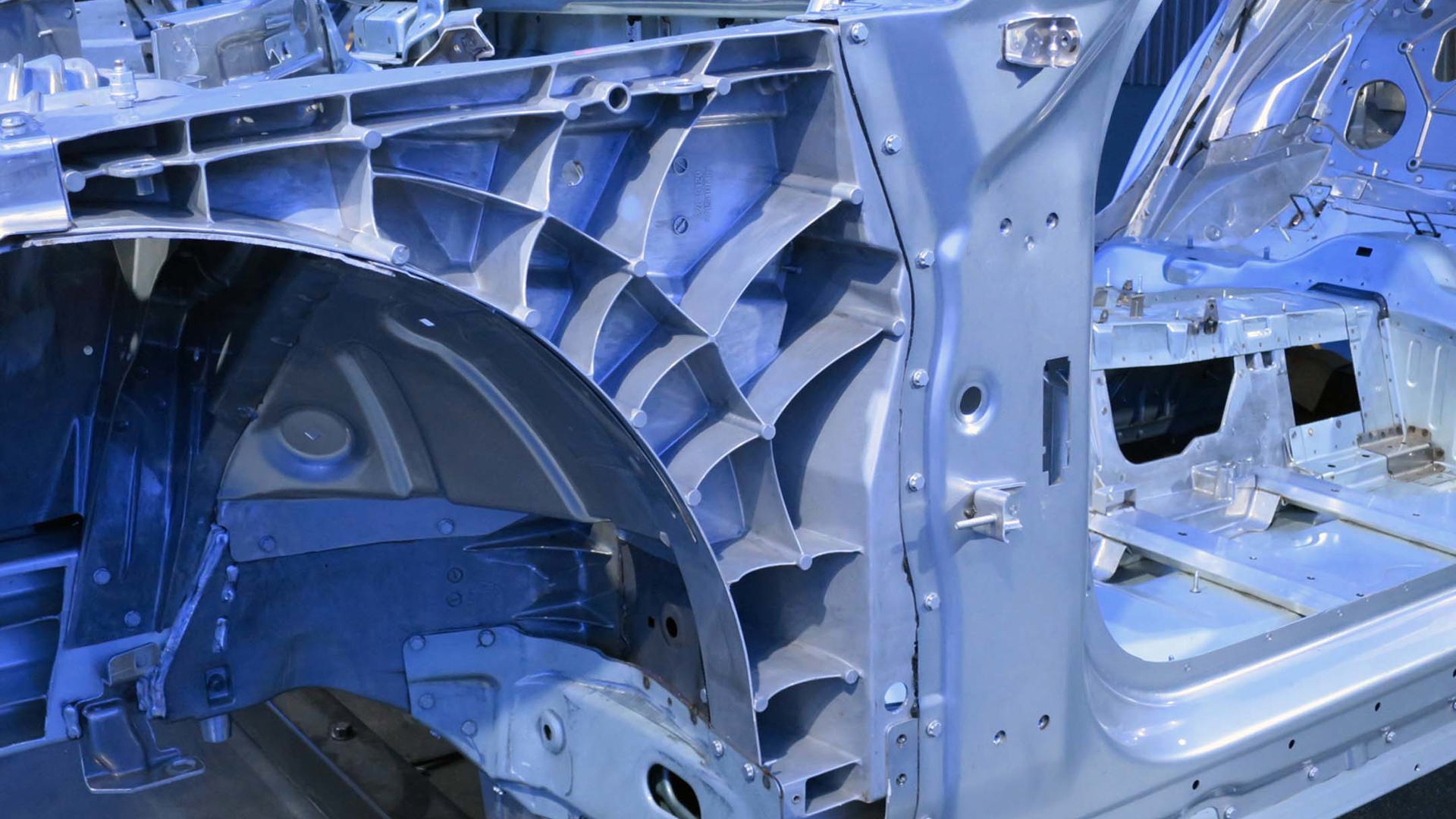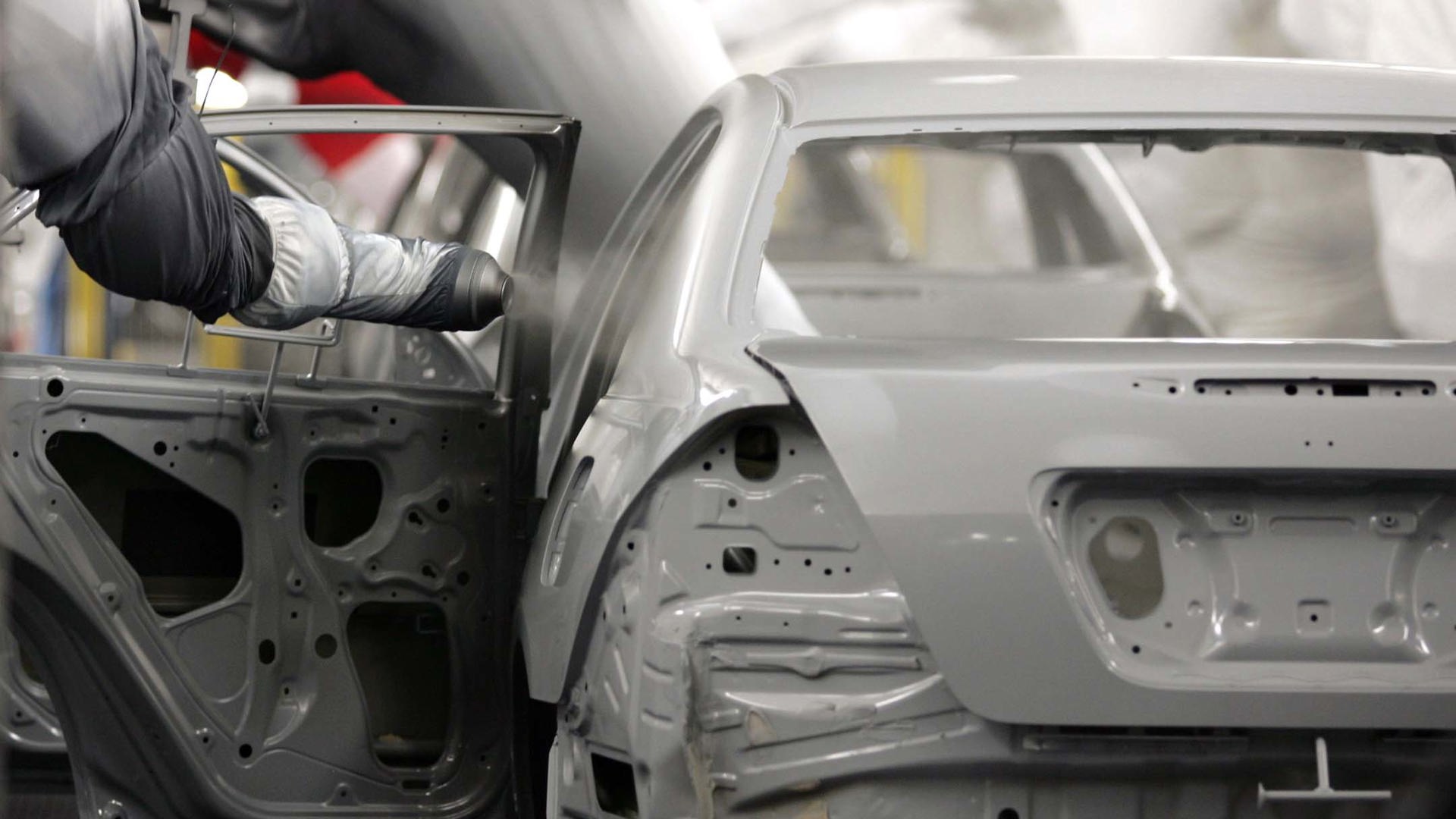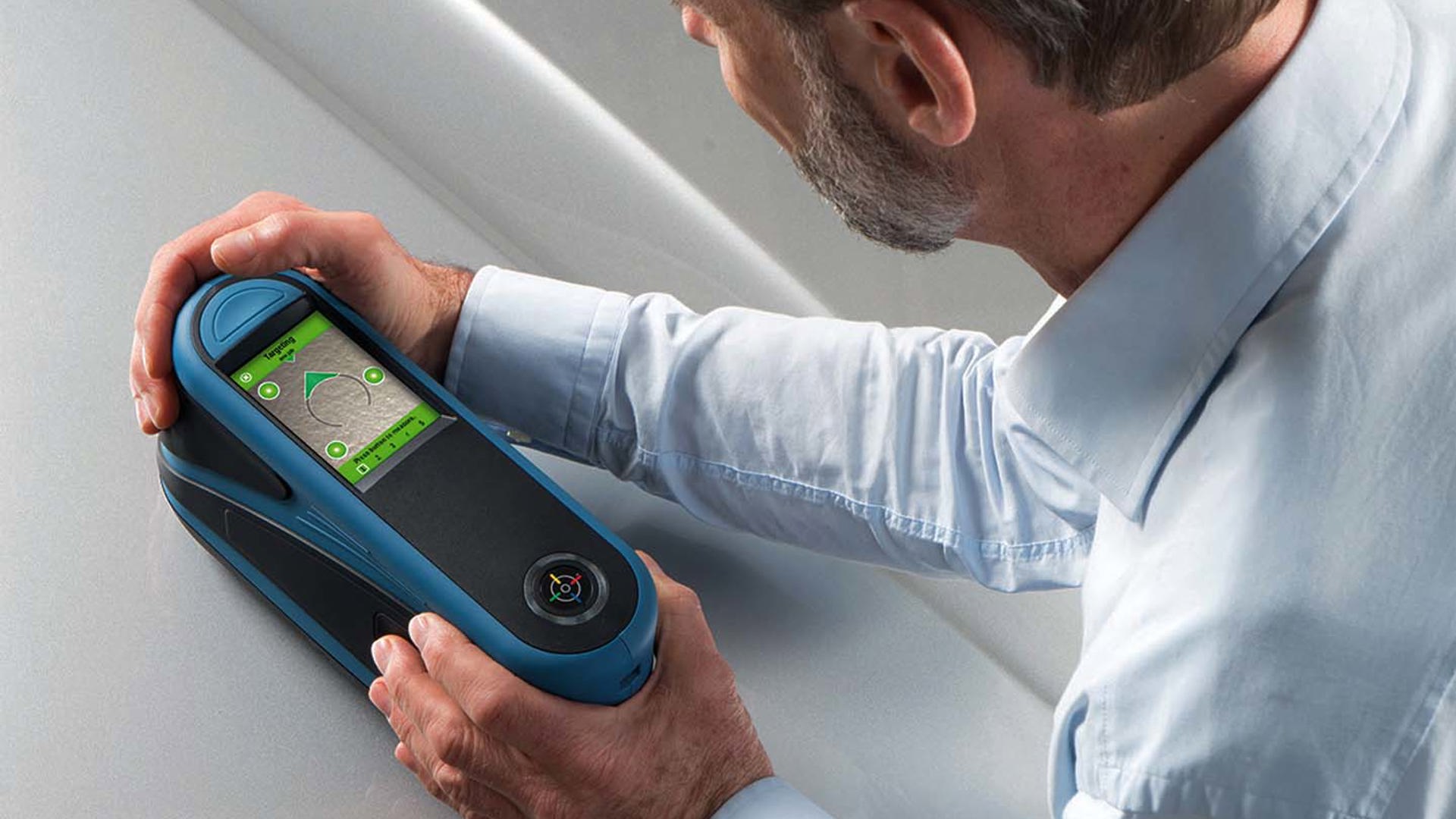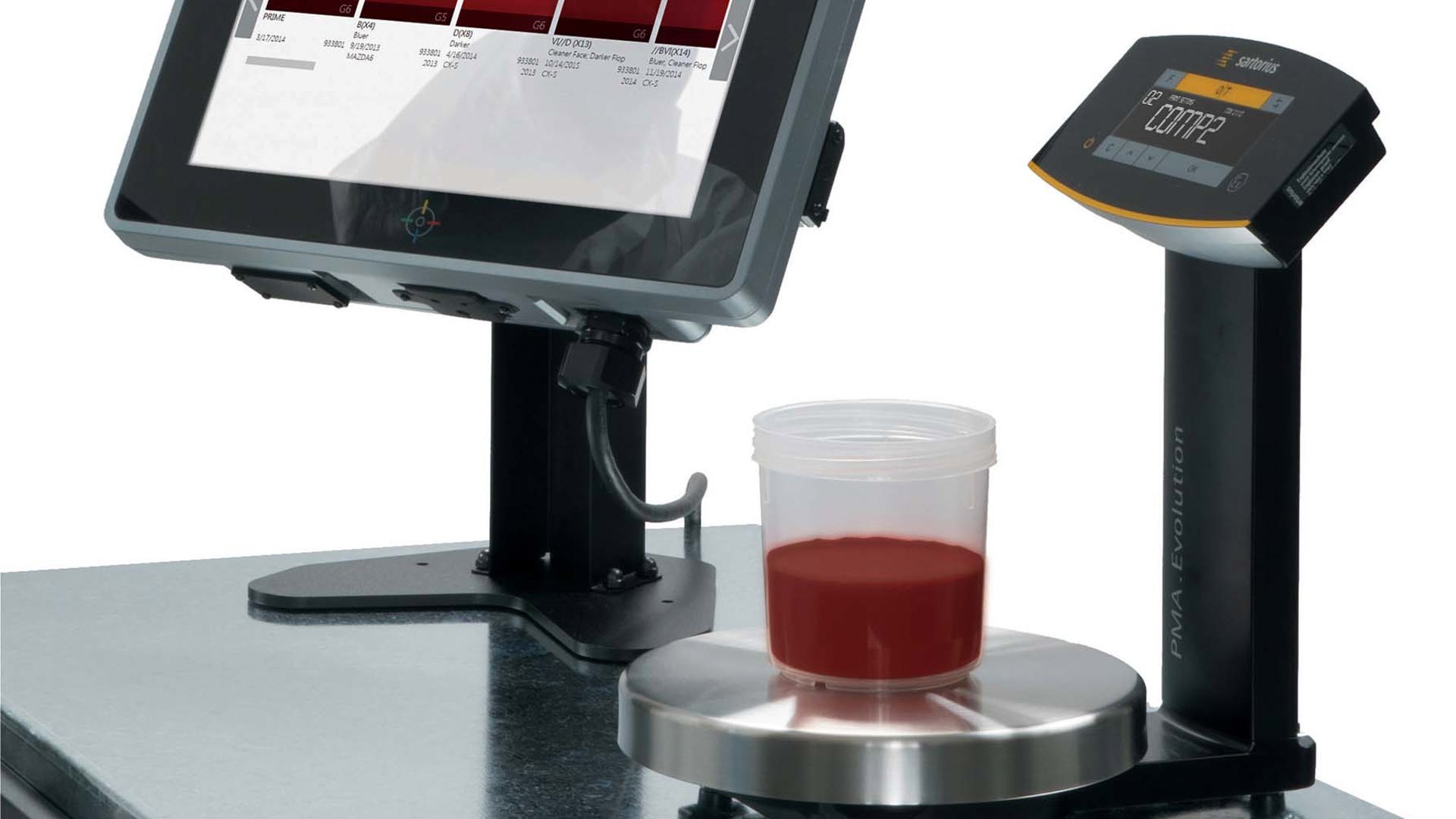When your vehicle’s been hit, your first concern is getting it back in shape. But while it’s always important to find a good-quality repair shop, it can be vital for newer vehicles. They’re complicated, and if the shop isn’t up to date on its training and techniques, you could end up with issues affecting your vehicle’s appearance, longevity, or even some of its safety features.
“A ‘simple’ repair is not simple anymore,” says Ken Friesen, president of Concours Collision Centres in Calgary. “These are complicated, highly technical robotic units, and exactly how they’re repaired is so critical. If I don’t align a panel correctly, the blind-spot monitors and lane-departure [aids] might not work. There are multiple computers and they’re all interfacing.”
Just putting it back together has become complicated. In addition to welding or riveting, automakers attach many body panels with adhesives, which reduces weight. This isn’t new, but some of the products are, and in addition to acrylic, epoxy and urethane, there’s also a newer one: silane-terminated polymer (STP), which reduces the number of steps in application.
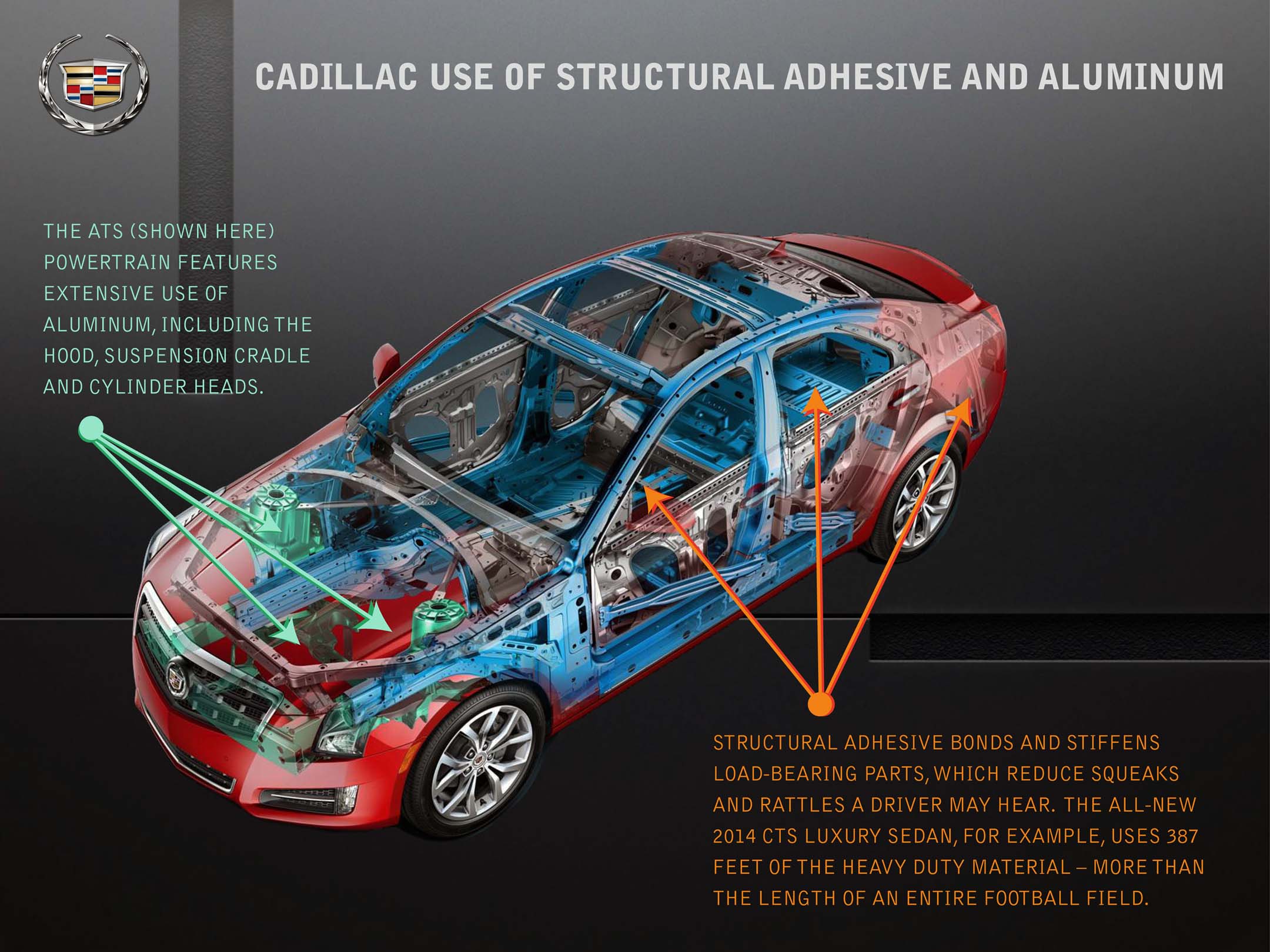
Another fairly new development is crash-durable structural adhesive. These products maintain the vehicle’s structural integrity, and they’re actually “crash-tested” with an assessment called impact wedge peel. A wedge is slid between two glued panels, simulating crash energy, and the product doesn’t pass if the bond doesn’t hold. In addition to collision protection, improperly bonded panels can affect the vehicle’s handling, or its NVH (noise vibration harshness). Even if a repair shop bonds panels with crash-durable adhesives – and not all shops might – a technician who isn’t adequately trained might not apply it properly. New models may also use it in places where it might not have been on last year’s version, and the shop should check the manufacturer’s specifications for each model year.
Higher-tech safety items also require a knowledgeable technician to perform repairs. Something as simple as a new mirror can be complicated by blind-spot warning or a bird’s-eye-view monitor. Not only does the camera have to be lined up properly, but it will have to be calibrated to the car’s computer. Meanwhile, an impact with the bumper could affect the airbags. “The seat has a scale in it, and that has to be recalibrated,” Friesen says. “You could have someone who’s 250 pounds in that seat, and the next thing is that you put your 75-pound daughter in there, and in a severe crash, the airbag deploys thinking it’s still a 250-pound person. It all has to be recalibrated, and a lot of shops are putting their heads in the sand and ignoring that this need to be done. Every time you fix a car, you have to pull out the repair procedures.”
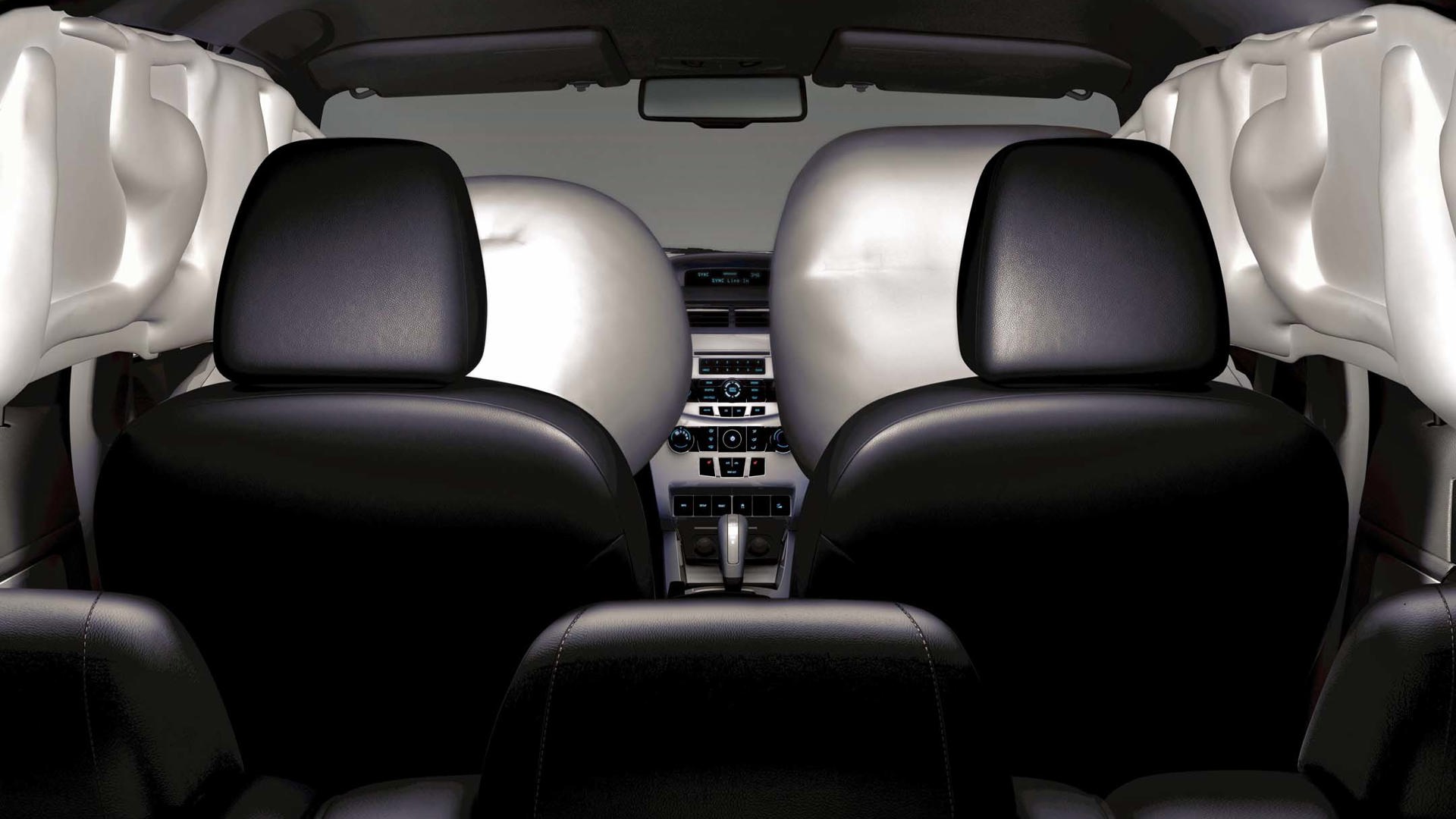
Even a repaint could have repercussions if the shop isn’t aware of special requirements, Friesen says. Some vehicles with active cruise control or emergency braking use sensors that “see” through an area of the front fascia that looks solid, but actually has mesh behind it. If there are too many layers of paint, the sensors may not be able to detect objects ahead.
New materials can also require special handling. For structural repairs, steel strengths must be replaced with the same. You want high-strength steel where it’s needed to keep the cabin intact, but you also want lower-strength used in the right places so the vehicle crushes progressively in a collision, absorbing the crash energy. And aluminum is becoming more popular for its lighter weight, not just in Ford’s pick-up trucks, but in hood, deck, or door panels in other vehicles too. Not only does it require barriers where it meets other metals to prevent galvanic corrosion, but repairs must be done in a clean, aluminum-specific area, so steel particles from grinding on other jobs don’t land on the aluminum and get sealed in when it’s painted.
And even if everything’s working correctly after the repair, your vehicle might not look quite right. In addition to matching paint that might have faded over the years, shops can also run into difficulty with brand-new vehicles.

Factory paint is tinted and blended with computerized formulas. Still, there can still be minor variations between different batches, especially with popular models that are built in several factories, each of which may be supplied by a different paint company. Many shops now use high-tech aids such as spectrophotometers, which measure the surfaces’ reflected light from several angles to determine the hue. Even then, the camera can only do so much. “They put you in the ballpark,” Friesen says. “I still have to have an eye for colour, and be able to adjust and tint it.”
So how do you know if a shop will return your vehicle to its original factory condition? Look for facilities that are certified by auto manufacturers, or recommended by your insurance company. And while higher cost isn’t always indicative of higher quality, consider it a red flag if you’re quoted a price that sounds too good to be true. It isn’t just the paint, but what’s under it, that makes the difference in how well your car performs once it’s back on the road.
